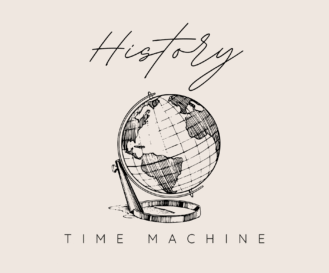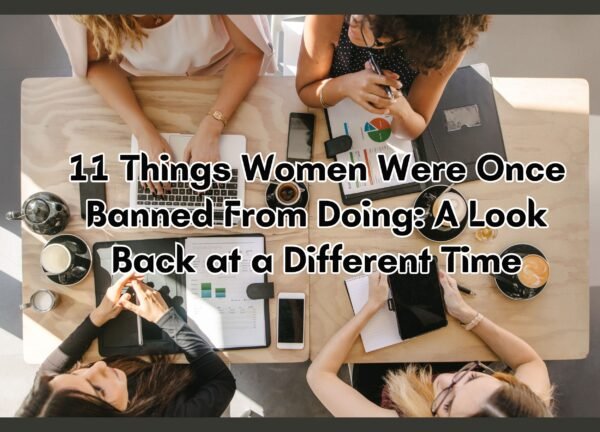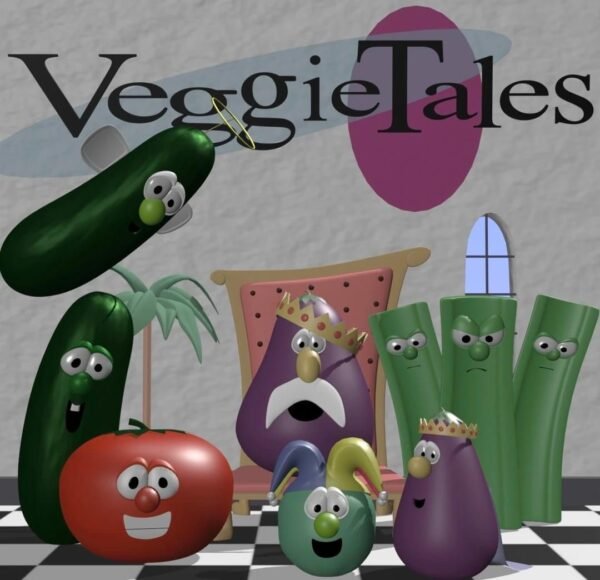The 1990s were a transformative decade for fast food, with expanding menus, the dawn of value meals, and the battle of the burger giants reaching its peak. Amidst this fast-food frenzy, the signs that adorned these establishments weren’t just markers of where to get your next meal; they were beacons of culture, art, and technology of the time. From the neon glows to the iconic logos, fast-food signage in the ’90s played a pivotal role in branding and has left a lasting impression on the landscape of American pop culture. This article takes a nostalgic journey back to the ’90s to explore the signs that defined a decade of dining.

Burger King: A Royal Presence on the Road
Burger King’s signs in the ’90s were unmistakable, with the bold, red font against a yellow background and the iconic “Burger King” logo. The signs were designed to be seen from afar, guiding hungry travelers to the nearest location for a Whopper. The ’90s also saw the introduction of the “BK” logo, which became a symbol of the fast-food chain’s attempt to modernize its image.
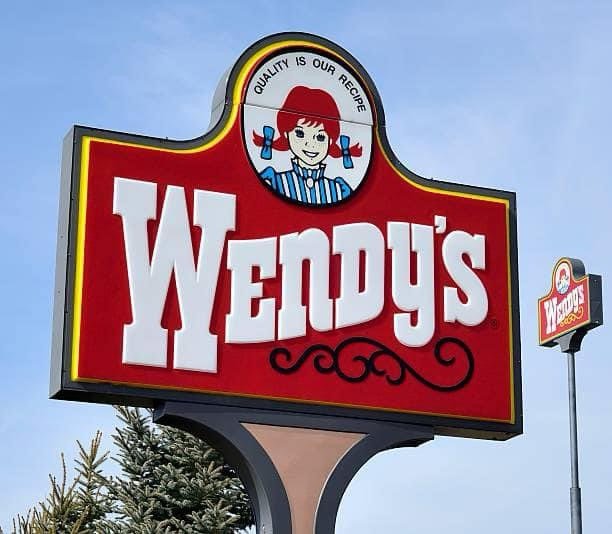
Wendy’s: Home of the Old-Fashioned Hamburger Sign
Wendy’s signage in the ’90s featured the smiling, red-haired Wendy, which was as welcoming as it was iconic. The signs highlighted the brand’s commitment to “old-fashioned” hamburgers, a quality claim that set Wendy’s apart in the fast-food wars. The ’90s also introduced more modern and streamlined signage, reflecting Wendy’s efforts to update its image while maintaining its core identity.
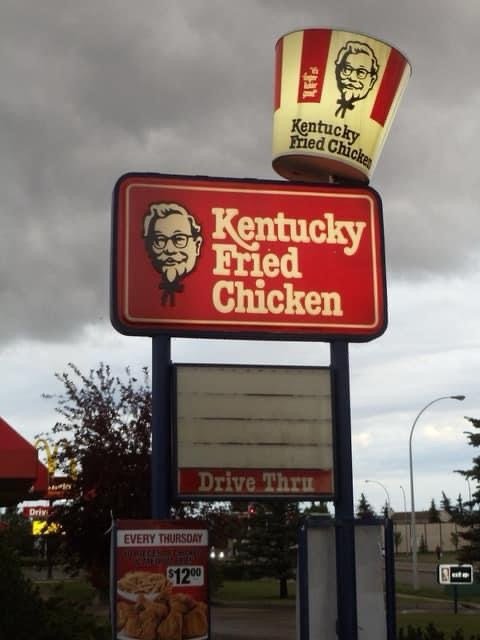
KFC: Finger-Lickin’ Good Signs
KFC’s signage was dominated by the smiling face of Colonel Sanders, a symbol of quality and tradition. In the ’90s, KFC signs were designed to be inviting, often featuring the Colonel with his signature bow tie, glasses, and goatee. These signs were not just advertisements but landmarks, especially in small towns across America.
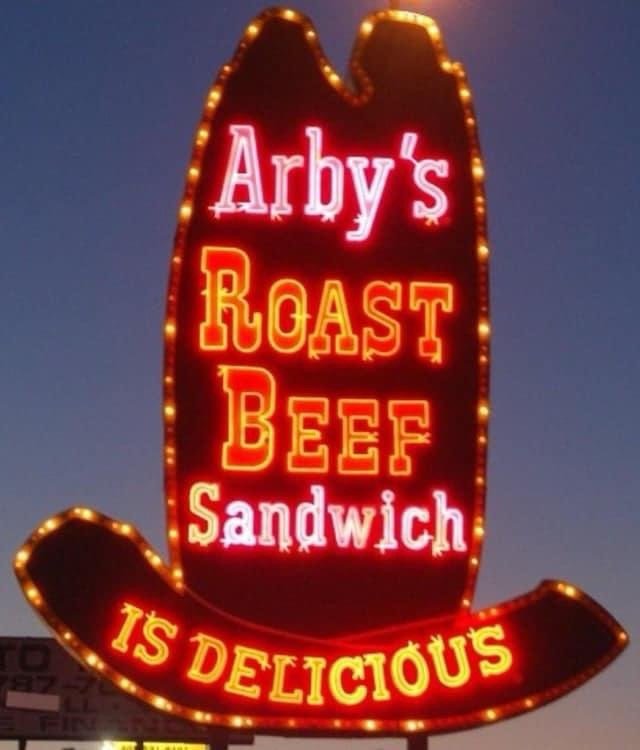
Arby’s: Lighting Up the Hat
The ’90s were a significant decade for Arby’s, marked by the neon-lit cowboy hat sign that became synonymous with the brand. This sign was a bold departure from the simpler designs of earlier decades, reflecting Arby’s desire to stand out in the crowded fast-food market with its unique offerings like roast beef sandwiches.
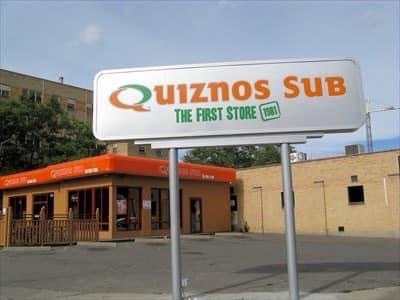
Quiznos: Toasty Signs of Sub Sandwich Excellence
Quiznos was a newcomer to the fast-food scene in the ’90s, but it quickly made its mark with distinctive signage. The signs, often featuring the word “Toasty” to highlight their toasted subs, were designed to differentiate Quiznos from other sub sandwich competitors, emphasizing quality and taste.
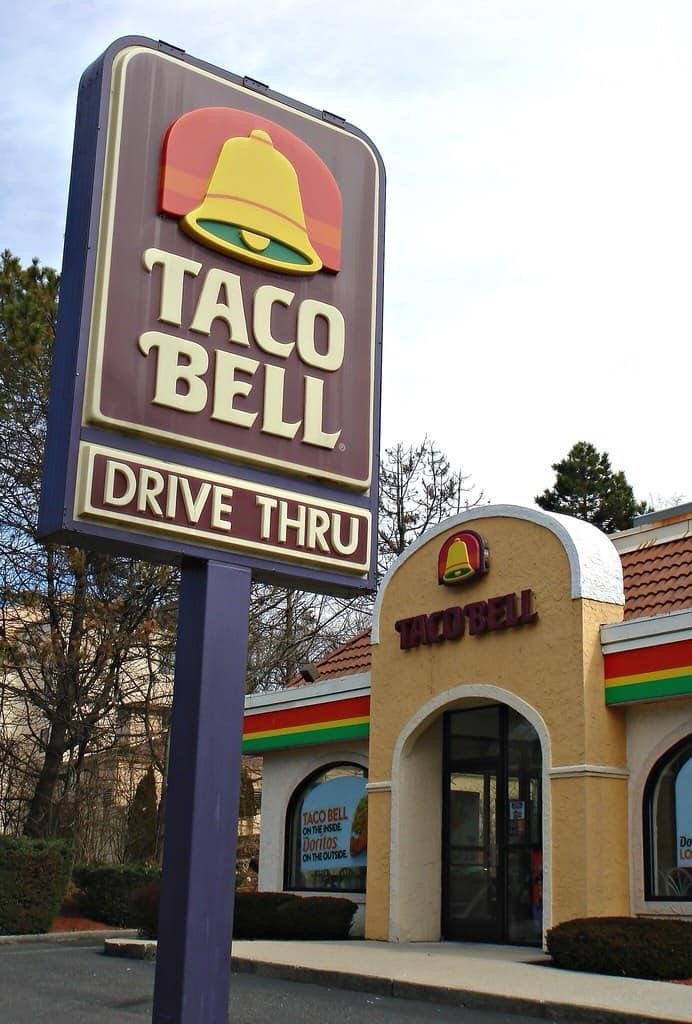
Taco Bell: A Neon Fiesta on Every Corner
Taco Bell’s ’90s signage embraced vibrant colors and a festive vibe, mirroring the brand’s menu and marketing strategies. The introduction of more colorful and playful signs was part of Taco Bell’s broader effort to present itself as a fun, youthful brand, a stark contrast to the more traditional fast-food establishments.
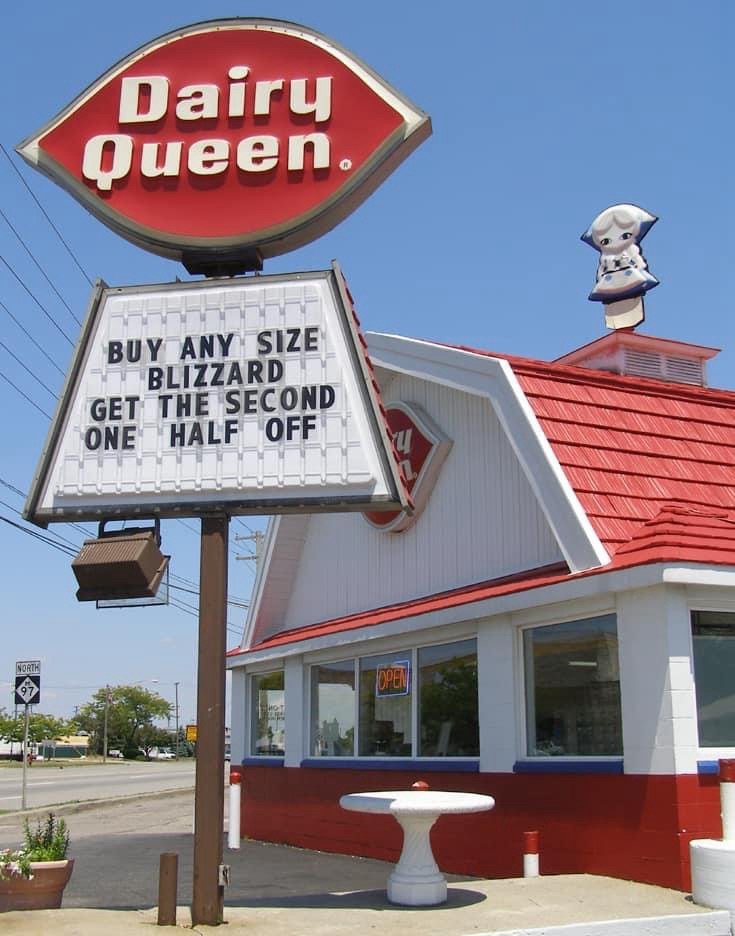
Dairy Queen: Soft Serve and Bright Signs
Dairy Queen’s signage in the ’90s focused heavily on its iconic soft-serve ice cream, with the red and blue logo often featured prominently. The ’90s also saw the introduction of the Blizzard, which quickly became a staple of Dairy Queen’s signage, highlighting the brand’s innovation in frozen treats.
The Legacy of ’90s Fast-Food Signage
The fast-food signs of the ’90s were more than just indicators of where to grab a quick meal; they were symbols of a decade marked by rapid growth, fierce competition, and cultural shifts. These signs have not only influenced the branding strategies of today’s fast-food industry but have also left a nostalgic imprint on the hearts of those who grew up in the ’90s. As we look back, it’s clear that the art and strategy behind these signs have had a lasting impact, reminding us of a time when fast food was not just about convenience but also about identity and culture.
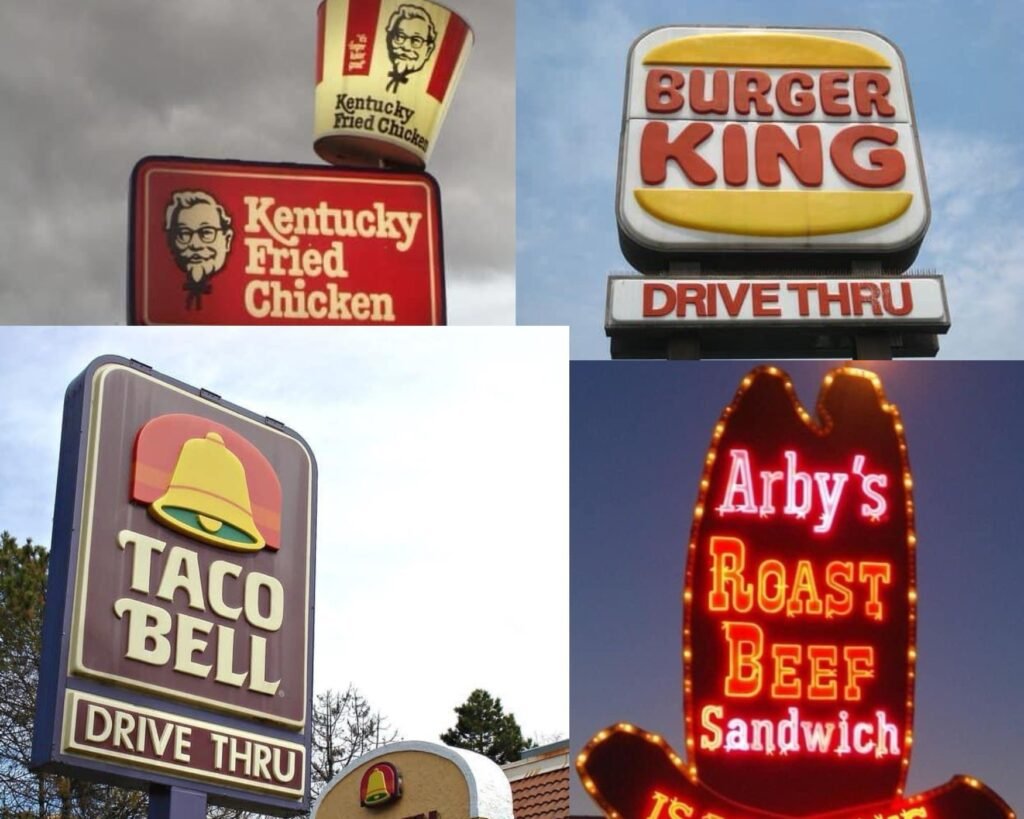
Diving Deeper into ’90s Fast-Food Signage and Beyond
How did fast-food signage in the ’90s differ from that of the previous decades?
The ’90s brought about a revolution in fast-food signage, embracing vibrant colors, neon lights, and thematic elements that reflected the pop culture and technological advancements of the time. This era’s signs were more engaging and designed to be memorable parts of the landscape, a departure from the more utilitarian signage of the ’80s.
What role did fast-food signs play in the branding strategies of these companies during the ’90s?
Signage became a cornerstone of fast-food branding in the ’90s, aiming to create an instant visual connection with consumers. Brands like Taco Bell and Wendy’s used their signs not just to advertise but to convey a message about their identity and values, making these signs crucial tools in the competitive fast-food market.
Were there any ’90s trends in fast food that influenced the design of these signs?
Definitely. The ’90s trend towards value meals and specialty items had a direct impact on sign design, with promotions and unique offerings taking center stage. This era saw signs become more dynamic and informative, catering to a generation that valued both novelty and affordability.
Aside from fast food, were there any other iconic ’90s products or trends that left a lasting impression?
The ’90s were a treasure trove of memorable products and cultural phenomena. For example, the decade’s embrace of simple pleasures is captured in the celebration of water from the hose as the unofficial sports drink, a testament to the era’s outdoor play culture. The mysterious disappearance of Pillsbury Waffle Sticks remains a topic of fascination, highlighting the ’90s as a time of unique culinary inventions. Additionally, the Ouch! Bubblegum phenomenon, with its distinctive packaging and burst of flavor, epitomizes the ’90s snack culture’s flair for innovation and fun.

How have ’90s fast-food signs influenced the industry’s approach to signage today?
The creative and bold approach of the ’90s has informed the evolution of fast-food signage, blending nostalgia with modern digital capabilities. Today’s signs often incorporate interactive elements and digital displays, drawing on the ’90s ethos of engaging and entertaining the customer, proving the enduring impact of that decade’s design philosophy.
Do you remember these 90s Christmas commercials?
Exploring the iconic signage of the ’90s offers not just a trip down memory lane but insights into how these designs shaped consumer perceptions and the fast-food landscape. The decade’s broader cultural trends, from unforgettable snacks to the simple joy of outdoor play, underscore the ’90s as a period of innovation and nostalgia, influencing tastes and marketing strategies even today.
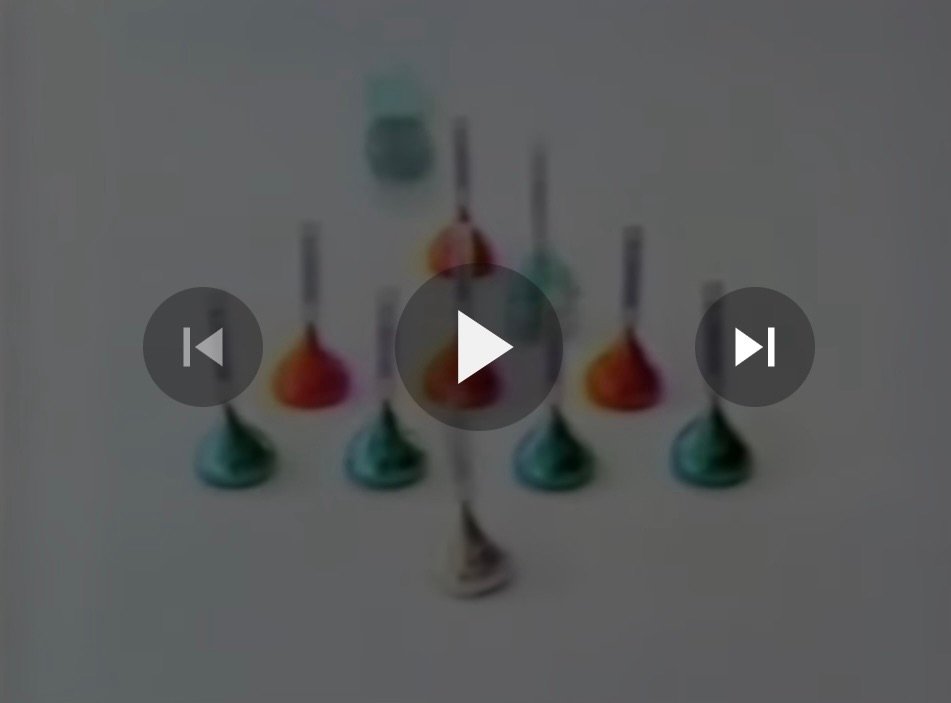
As an Amazon Associate we earn from qualifying purchases through some links in our articles.
